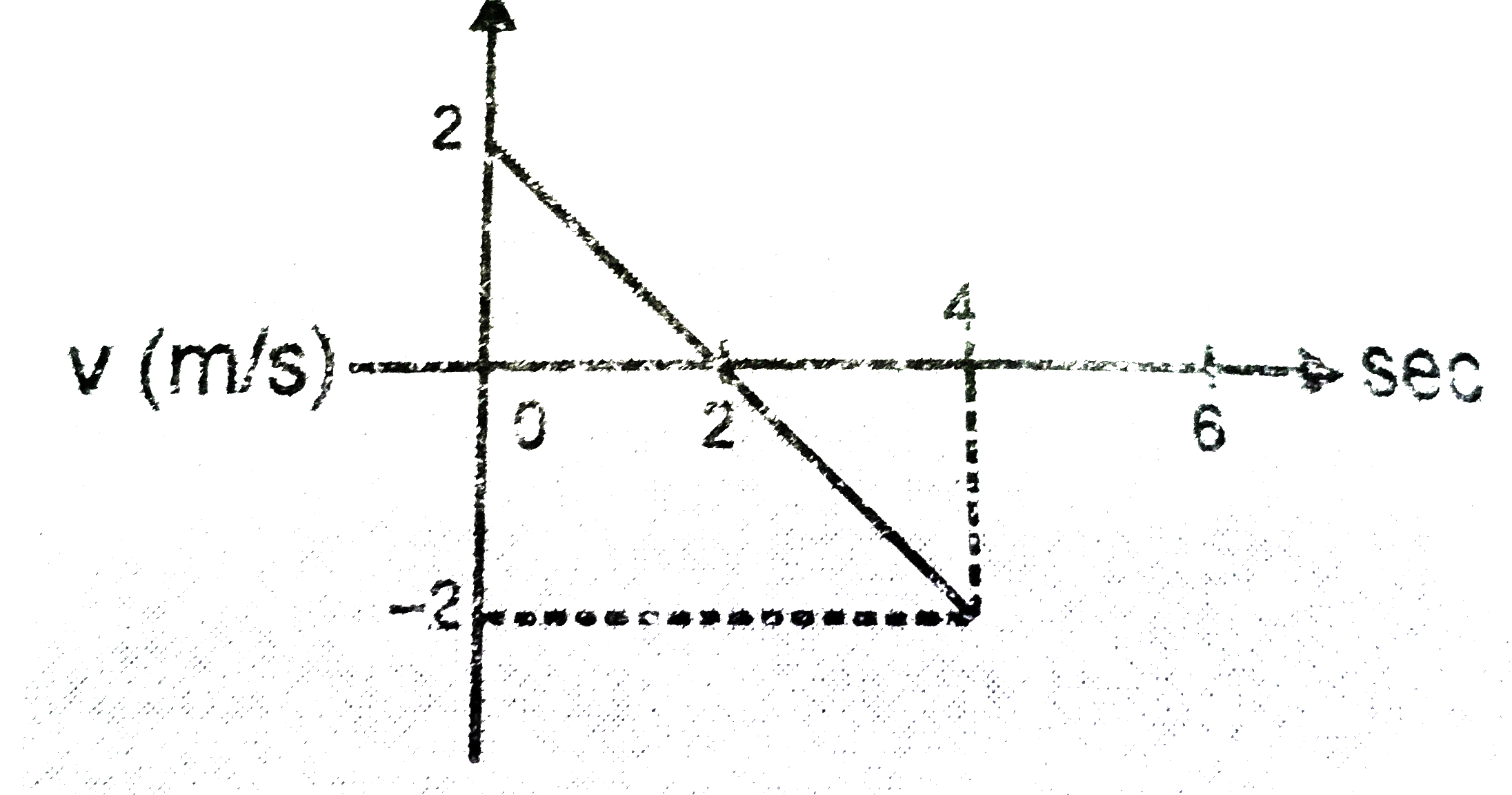If the displacement of a particle is zero, then distance covered by it
Step by step video & image solution for If the displacement of a particle is zero, then distance covered by it by Physics experts to help you in doubts & scoring excellent marks in Class 11 exams.
Updated on:21/07/2023Topper's Solved these Questions
Similar Questions
If the displacement of a body is zero is the distance covered by it necessarily zero ? Explain with suitable illustration.
View SolutionExplain with the help of an example, if the displacement of a particle is zero, then it is not necessary that the distance traversed by it is also zero.
View Solution
Knowledge Check
Assertion : If the displacement of the body is zero, the distance covered by it may not be zero.
Reason : Displacement is a vector quantity and distance is a scalar quantity.AIf both assertion and reason are true and the reason is the correct explanation of the assertion.BIf both assertion and reason are true but reason is not the correct explanation of the assertion.CIf assertion is true but reason is false.DIf the assertion and reason both are falseConsider the motion of the tip of the minute hand of a clock. In one hour
(a) the displacement is zero
(b) the distance covered is zero
(c ) the average speed is zero
(d) the average velocity is zeroA(i), (ii) are correctB(i), (ii) ,(iii) are correctC(i),(iii) are correctD(i),(iv) are correctAssertion: Displacement of a body may be zero when distance travelled by it is not zero.
Reason: The displacement is the longest distance between initial and final position.AIf both assertion and reason are true and reason is the correct explanation of assertion.BIf both assertion and reason are true but reason is not the correct explanation of assertion.CIf assertion is true but reason is false.DIf assersion is false but reason is true.
Is magnitude of the displacement of an object and total distance covered by it in certain time intrval same ? Explain.
View SolutionVelocity time graph for a particle moving in a line is given.
Calculate the displacement of the particle and distance travelled in first 4 seconds.

View SolutionA particles executes SHM according to the equation y = 2 sin 2πt, where y is displacement in m and t is time in s. The distance covered by the particle in 4 s of its motion is
View SolutionFor a particle moving along a straight line, its velocity 'v' and displacement 's' are related as v2=cs, here c is a constant. If the displacement of the particle at t=0 is zero, its velocity after 2 sec is:
View SolutionStatement I: The displacement of a body may be zero, though its distance can be finite.
Statement II: If the bodt moves such that finally it arrives at the initial point, then displacement is zero while distance is finite.
View Solution